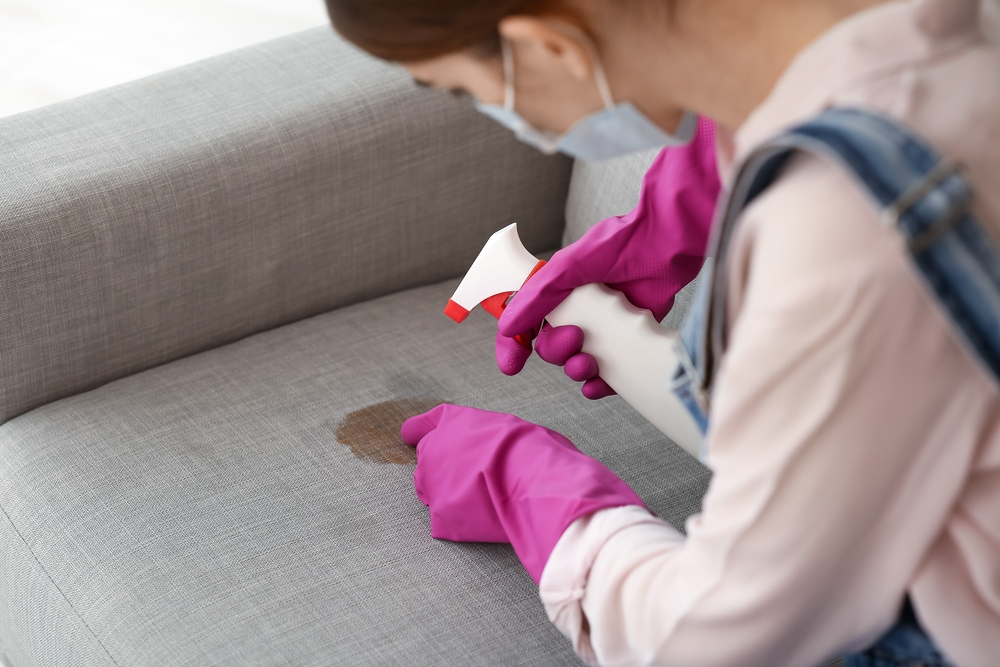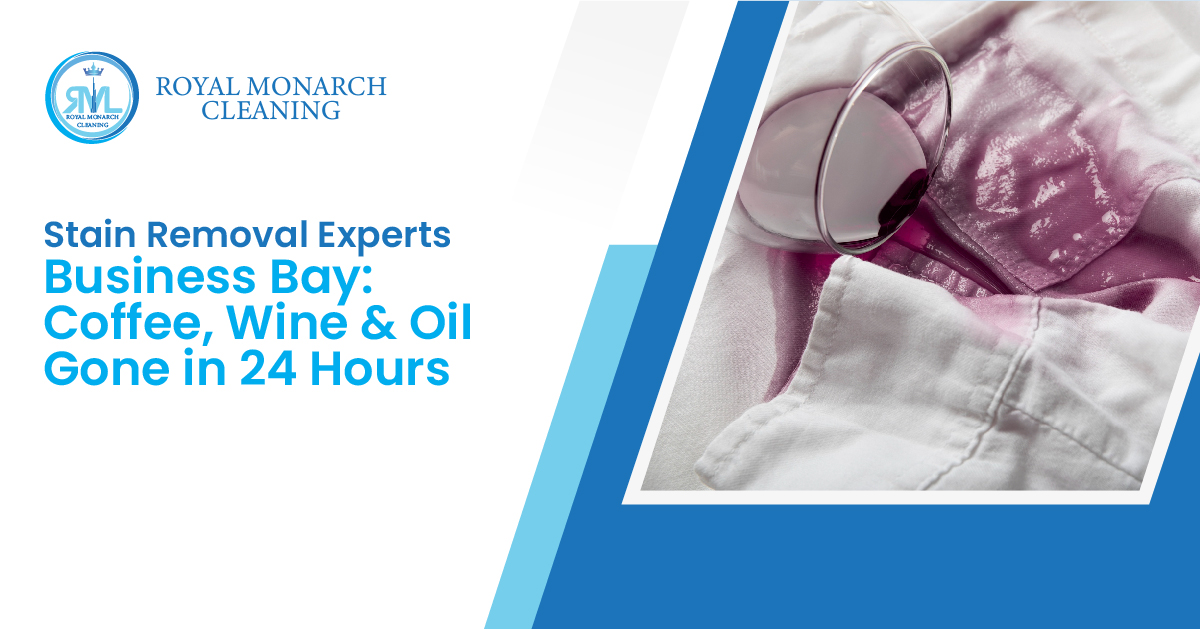Introduction
Having a clean and stain-free sofa can greatly enhance the appearance and comfort of your living space. However, over time, your sofa may become a victim of stubborn stains that seem impossible to remove. Whether it’s a spill, a pet accident, or everyday wear and tear, dealing with stubborn stains can be a challenging task. In this article, we will explore effective techniques and solutions to help you remove those stubborn stains from your sofa and restore its pristine condition.
Table of Contents
- Understanding the Types of Sofa Stains
- Preparing for Stain Removal
- General Stain Removal Techniques
- Removing Specific Types of Stains
- Food and Beverage Stains
- Grease and Oil Stains
- Ink and Marker Stains
- Pet Stains and Odors
- Blood and Urine Stains
- Preventing Future Stains
- Hiring Professional Upholstery Cleaners
- Conclusion
- FAQs
1. Understanding the Types of Sofa Stains
Before delving into stain removal techniques, it’s important to understand the different types of stains that can affect your sofa. Common types of sofa stains include food and beverage stains, grease and oil stains, ink and marker stains, pet stains and odors, and blood and urine stains. Each type of stain requires specific treatment methods, and knowing the nature of the stain will help you choose the most effective removal technique.
2. Preparing for Stain Removal
Before attempting to remove a stubborn stain from your sofa, it’s crucial to prepare the area properly. Here are some essential steps to follow:
- Identify the stain: Examine the stain closely to determine its source and composition. This will help you choose the appropriate cleaning agents and techniques.
- Check the manufacturer’s instructions: Consult the sofa’s care manual or contact the manufacturer to understand any specific cleaning instructions or restrictions.
- Test in an inconspicuous area: Before applying any cleaning solution to the stained area, test it in a hidden spot on your sofa to ensure it doesn’t cause discoloration or damage.
3. General Stain Removal Techniques
For most common stains, the following general techniques can be effective:
- Blot, don’t rub: When dealing with fresh stains, gently blot the area with a clean cloth or paper towel to absorb as much liquid as possible. Avoid rubbing the stain, as it can push it deeper into the fabric.
- Use mild soap and water: Create a solution of mild dish soap and lukewarm water. Dip a clean cloth into the solution, wring it out, and gently blot the stained area. Rinse the cloth frequently and repeat until the stain fades.
- Vinegar solution: Mix equal parts of white vinegar and water. Dampen a clean cloth with the solution and gently dab the stained area. Vinegar is effective against many stains and can also help neutralize odors.
4. Removing Specific Types of Stains
4.1 Food and Beverage Stains
Food and beverage stains are common on sofas. To remove them effectively:
- Blot the stain immediately to remove any excess liquid.
- Prepare a mixture of mild detergent and warm water.
- Dip a clean cloth into the solution and gently dab the stained area.
- Rinse the cloth and repeat the process until the stain is gone.
4.2 Grease and Oil Stains
Grease and oil stains can be tricky to remove, but the following steps can help:
- Blot the excess grease gently with a clean cloth or paper towel.
- Sprinkle baking soda on the stain and let it sit for 15 minutes to absorb the oil.
- Vacuum the baking soda, and then apply a small amount of dish soap and warm water to the stain.
- Gently blot the stain with a clean cloth, rinsing frequently until the stain disappears.
4.3 Ink and Marker Stains
Ink and marker stains require prompt action for successful removal:
- Dab the stained area with a cloth soaked in rubbing alcohol.
- Blot the stain gently to lift the ink or marker.
- Rinse the cloth and repeat the process until the stain fades.
- Wipe the area with a clean, damp cloth to remove any residue.
4.4 Pet Stains and Odors
To tackle pet stains and odors on your sofa, follow these steps:
- Blot the stain with a paper towel or cloth to remove any moisture.
- Mix equal parts of white vinegar and water.
- Dampen a clean cloth with the solution and blot the stained area.
- Sprinkle baking soda over the area and let it sit for a few hours to absorb odors.
- Vacuum the baking soda thoroughly, and the stain should be significantly reduced.
4.5 Blood and Urine Stains
Blood and urine stains require immediate attention to prevent them from setting:
- Blot the stain gently with a cloth soaked in cold water.
- Mix a small amount of hydrogen peroxide with mild dish soap.
- Apply the mixture to the stain and gently blot with a clean cloth.
- Rinse the cloth and repeat until the stain disappears.
5. Preventing Future Stains
Taking preventive measures can help keep your sofa stain-free for longer:
- Apply a fabric protector: Treat your sofa with a fabric protector spray to create a barrier against stains and spills.
- Establish rules: Set clear rules for eating and drinking near the sofa to minimize the risk of accidents.
- Regular cleaning routine: Vacuum your sofa regularly to remove dirt, debris, and prevent them from turning into stains.
6. Hiring Professional Upholstery Cleaners
In some cases, stubborn stains may require professional expertise. Hiring upholstery cleaning professionals ensures deep cleaning and effective stain removal, especially for older or more challenging stains. Professional cleaners have access to specialized equipment and knowledge to handle various types of stains without damaging your sofa.
Conclusion
Removing stubborn stains from your sofa may seem daunting, but with the right techniques and solutions, you can restore its beauty and keep it looking fresh. Remember to act quickly, choose appropriate cleaning agents, and follow the outlined steps for each stain type. By taking preventive measures and seeking professional help when needed, you can enjoy a clean and stain-free sofa for years to come.
FAQs
- Can I use bleach to remove stains from my sofa? No, using bleach is not recommended for removing stains from your sofa. It can cause discoloration and damage the fabric. It’s best to use mild cleaning solutions and follow the manufacturer’s instructions.
- How often should I clean my sofa to prevent stains? Regular cleaning and maintenance are essential to prevent stains. It’s recommended to vacuum your sofa at least once a week and treat any spills or stains immediately.
- What if the stain doesn’t come off with DIY methods? If the stain persists despite your best efforts, it’s advisable to seek professional upholstery cleaning services. They have the expertise and equipment to tackle stubborn stains effectively.
- Can I use a steam cleaner to remove sofa stains? Using a steam cleaner can be effective for certain types of stains, but it’s important to follow the manufacturer’s guidelines and test it on an inconspicuous area first. Some fabrics may not be suitable for steam cleaning.
- How long should I let the sofa dry after cleaning? Allow your sofa to dry naturally after cleaning. It’s best to avoid sitting on it until it is completely dry to prevent any potential damage or re-soiling.











